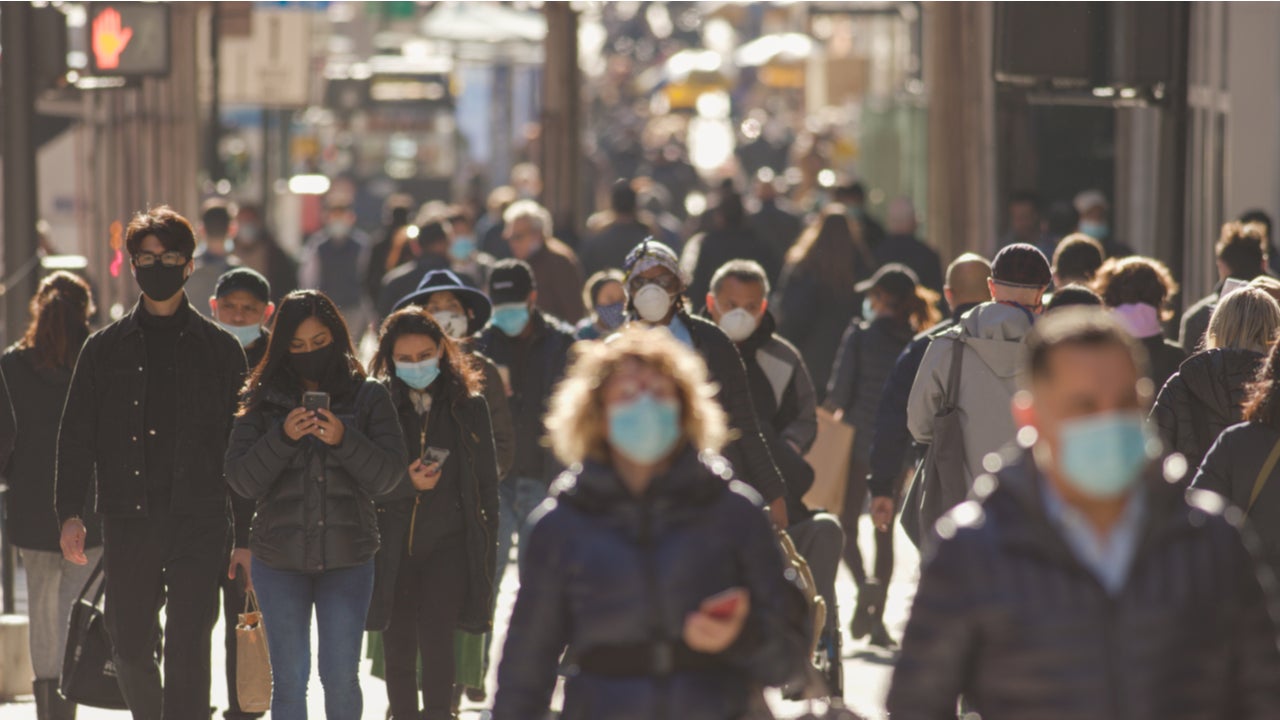Economists believe that the data on consumer price index obscures the many differences between how high- and low-income families have been affected by the higher-than-normal inflation this year, with millions of lives lost and economic hardships increasing.
Claudia Sahm
Claudia Sahm, an economist and former director of macroeconomic policy at the Washington Center for Equitable Growth, and a section chief at the Board of Governors of the Federal Reserve System, retweeted an article shared by Scott Santens, a leading advocate and thought leader for a universal basic income, on Covid being the true enemy and not inflation. Despite elevated inflation after years of low overall inflation, and a messy recovery after the pandemic, Americans should not panic but stay vigilant like the Fed, she opines.
How well do you really know your competitors?
Access the most comprehensive Company Profiles on the market, powered by GlobalData. Save hours of research. Gain competitive edge.

Thank you!
Your download email will arrive shortly
Not ready to buy yet? Download a free sample
We are confident about the unique quality of our Company Profiles. However, we want you to make the most beneficial decision for your business, so we offer a free sample that you can download by submitting the below form
By GlobalDataA recent study including 37 countries has found Covid-19 to take more than 28 million years of life in 2020 across 31 of them. Additionally, countries like Russia, Lithuania, Bulgaria, Poland, and the US have reported the heaviest deaths tolls related to Covid-19. Consequently, the number of lives lost from Covid has been five times greater than those lost from influenza in 2015 in the US. The study also found US life expectancy to have dropped by two years in the pandemic.
Data collected from the Bureau of Labour Statistics and consumer expenditure survey has further revealed that spending budgets differ substantially across rich and poor families by the levels of income. For instance, spending by the lowest 20% of families by income is 11% of all the spending on alcohol, groceries, and restaurants in the US. Contrarily, for the top 20% of families, it was 33% of the total. In addition, the top 20%, on an average, spend over $1,000 per month on drinking and eating, which is approximately thrice as much as the bottom 20%.
"Covid is the true enemy, not inflation… Higher-than-normal inflation this year as we come out of a global pandemic and through a messy recovery—especially after years of low overall inflation—is not a reason to panic."—@Claudia_Sahm
Seconded. 💯https://t.co/x8Lpt2KGdM
— Scott Santens 🧢⬆️🏄♂️ (@scottsantens) November 9, 2021
Gregory Daco
Gregory Daco, chief US economist at Oxford Economics, shared an article on US households experiencing soaring winter heating bills, after plummeting during the Covid-19 pandemic when the economy slowed. Natural gas, which used to heat almost half of the households, has almost doubled in price since the previous year. In addition, crude oil prices that affect the 10% of households that rely on heating oil and propane during the winter has also surged.
US consumers, who are otherwise not used to paying such high energy prices, are now concerned about the looming winter heating bills as the next inflation threat. Experts contribute the surge in energy prices to several factors, such as lower global fuel inventories, producer’ incentives to let the prices rise, and a mismatch between demand and supply as economies come out of the Covid-19 pandemic.
Expert claim that the southern half of the US, which has milder winters and relies on relatively cheap electricity for home heating, may not be financially burdened as much till spring. However, the Northeast and the northern Plains and the rural areas that largely depend on heating oil and propane, will have to bear the price spikes.
Winter Heating Bills Loom as the Next Inflation Threat https://t.co/BJOSzBzUIO via @talmonsmith
— Gregory Daco (@GregDaco) November 9, 2021
Duncan Weldon
Duncan Weldon, a journalist and economics correspondent at The Economist, retweeted an article shared by Giles Wilkes, a senior fellow at the Institute for Government, on how Covid-19 retirees in the US and UK have shown that the work-from-home revolution has not benefitted everyone. Additionally, older people were staying in the labour market for longer until the pandemic hit.
Eurozone data, for instance, has revealed that 98% of the increase in the overall labour supply between 2009 and 2019 came from people aged between 55 and 74 years. In addition, two decades ago, 20% of the male population in the eurozone left the labour market when they were between 55 and 59 years. This percentage dropped to 7% on the eve of the pandemic. On the other hand, women’s participation rate for those aged between 55 and 59 years has reached the participation rate of those aged between 45 and 49 years two decades ago.
This employment trend of the rising proportion of older people still participating in the labour market, is dependent on the pandemic, whether it reverses, temporarily disrupts, or eventually boosts the phenomenon in the long run, experts opine. In the US, Covid-19 has led to the retirement of three million excess retirees, which is more than double the 5.25 million people who left the job market from the start of the virus outbreak to the second quarter of 2021.
"In the euro zone… 98 per cent of the increase in the overall labour supply between 2000 and 2019 came from those aged between 55 and 74"- https://t.co/QYhEZp1nVl @sarahoconnor_ helps us see through the fog of labour shortages, to the older workers
— Giles Wilkes (@Gilesyb) November 9, 2021






Related Company Profiles
Oxford Economics Ltd
The Federal Reserve System